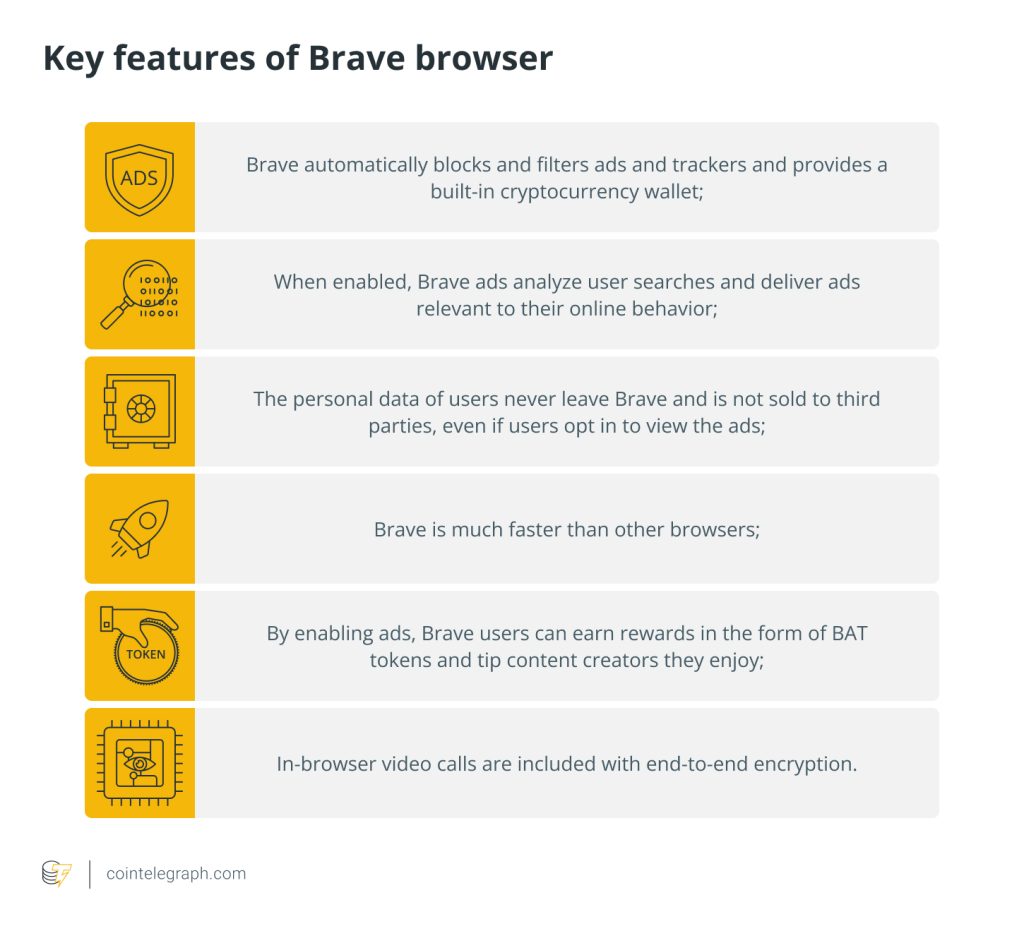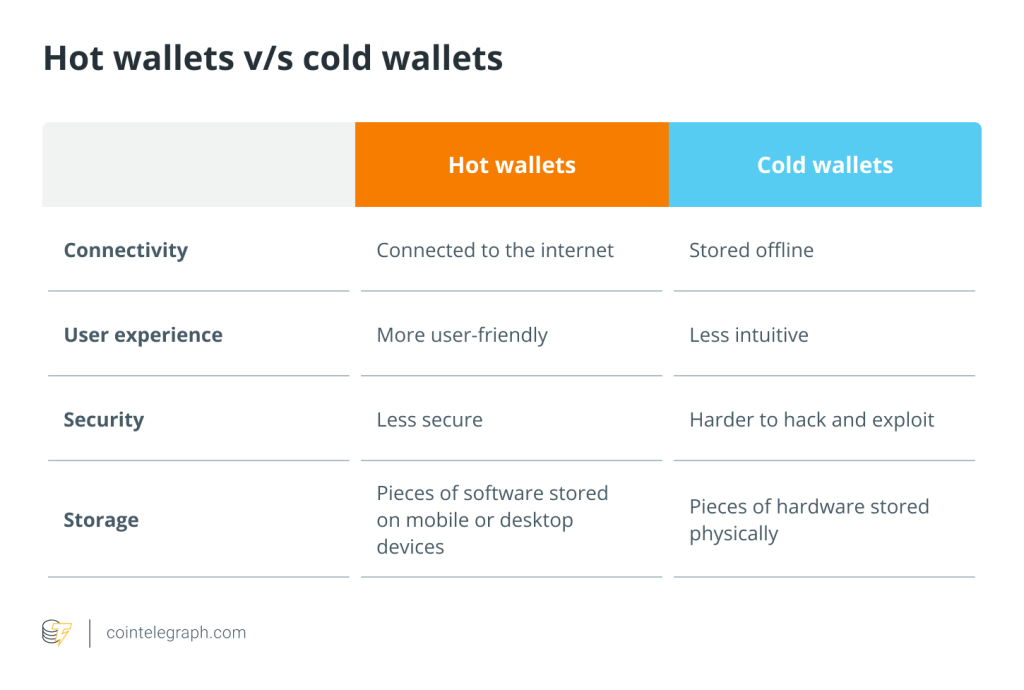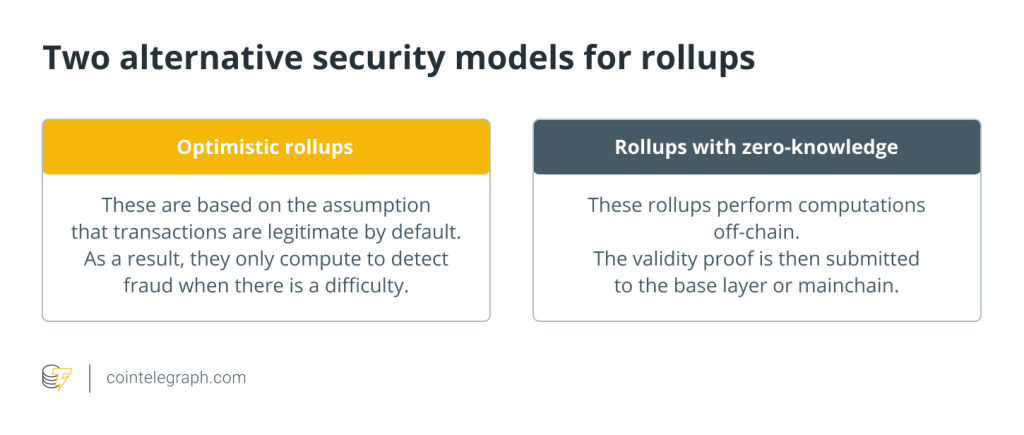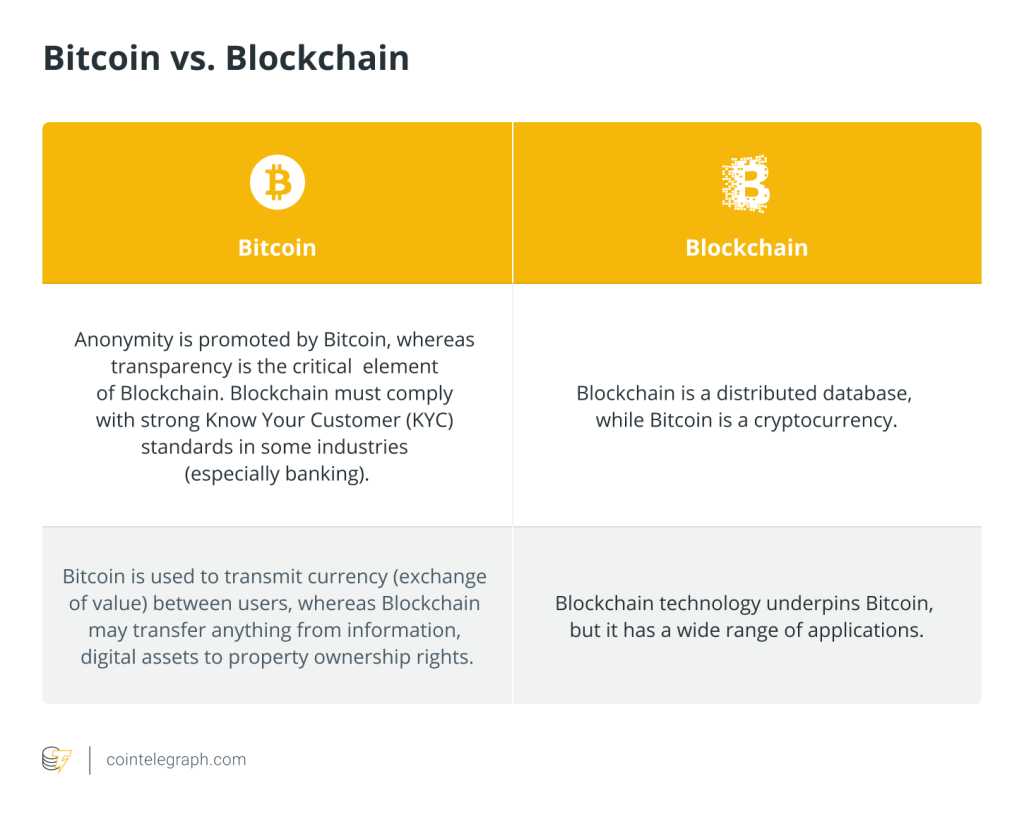A beginner’s guide to the privacy-focused next-generation Brave browser


One of the main propositions of blockchain is to provide more privacy and security to its users while taking technology to the next level of efficiency. Developing an open internet with a private browser had been a challenge in the cryptocurrency space for years until the emergence of the Brave internet browser. Google Chrome has advanced over other browsers in terms of efficiency and usability; however, there has been a need for an alternative that could address issues related to privacy and security for a long time.
The Brave browser’s unique features and performance empowers the user’s experience. These features are privacy, security, speed, in-browser video calls and an aggressive anti-ads design. It’s standard practice to add browser extensions to block or filter annoying ads, while the Brave search engine performs these tasks automatically with its built-in ad-blocker Brave Shields. The users’ privacy and security are ensured through features like the hypertext transfer protocol secure (HTTPS) feature, the Brave virtual private network (VPN), the onion router (TOR) and incognito mode integrations.
Here’s a comprehensive guide to the next-generation private browser, the critical features of Brave browser and why it is becoming increasingly popular among cryptocurrency enthusiasts and others.
What is the Brave browser?
The Brave browser is an open-source internet search engine designed by Brave Software, Inc. It is based on Chromium, a free, open-source web browser developed and maintained by Google.
Brave’s founders are CEO and computer programmer Brendan Eich — who developed the Javascript programming language and co-founded free software Mozilla, the company behind Firefox — and chief technology officer Brian Bondy, who had also worked at Mozilla as a senior software engineer. They launched the project in January 2016 to create a faster, more private version of Google Chrome.
The California-based private browser default removes all ads and trackers from users' web pages. However, it also allows users to view the ads if they wish. Turning on the option in their settings and paying attention to the ads, users are rewarded in Basic Attention Tokens (BATs), the project’s native cryptocurrency. Even in that case, the users’ data is protected and stored in the browser's private user data folder. It never reaches Brave’s servers, nor is it leaked to third parties.
Brave also allows users to send contributions to websites and content creators that accept BAT as tips and to keep the cryptocurrency they have earned in their built-in noncustodial Brave wallet.
As of September 2022, the company behind Brave claimed that more than 56.2 million people use Brave every month, 19.6 million are active users daily and more than 1.5 million verified content creators accepting BAT are part of the network.
It is possible to download Brave for free directly from the company’s website. The page automatically recognizes the device’s operating system and matches the correct version. Brave browser iOS and Android mobile versions are available in the App Store and Google Play.
How does the Brave browser work?
Whenever users visit a web page in Brave, the browser will automatically deprive the site of its ads, natively including key tools that would otherwise have to be added via extensions like AdBlock, Ghostery and uBlock Origin.
When enabling Brave ads, the browser replaces the regularly annoying and spamming ads with the ones from its catalog, which is updated every hour and shows users ads based on their searches, using data that never leave their devices.
This process analyzes users’ engagement with their most-visited websites and generates personalized ads matching advertisers with users based on their browsing habits. It is a win-win for all participants because advertisers can deliver targeted ads for the highest engagement and return, while users can earn rewards while watching them.
Advertisers pay for their campaigns in BAT ERC-20 tokens, of which a small portion is returned to advertisers when they get relevant traffic, a small commission is rewarded to Brave and 70% is distributed to users. This way, the high expenses of advertisement intermediaries, like agents and campaign managers, are removed for cost efficiency.
Brave ads can be in the form of sponsored images on new browser tabs, sponsored cards in the Brave News feed and small, infrequent notifications pushed while browsing the web. The Brave search engine is set up as the browser’s default selection, but any alternative option can be added manually, including DuckDuckGo, Google and Bing.
Brave is powered by the same engine as Google Chrome and can run Chrome’s extensions. The user can choose Brave extensions from the main menu, which will lead to the Chrome web store, where users can pick and choose their favorite add-ons.

Why do users choose the Brave browser?
Users choose the Brave browser for its speed and privacy, both made possible by its software ads-stripping methodology. Its speed is boosted by eliminating ads and ad tracker extensions that slow down browsers and drain central processing units (CPUs), the leading electronic part of a computer that executes instructions.
By loading less data and providing more built-in privacy and security features, Brave’s performance is an excellent perk for users concerned with the intrusion of Big Tech companies.
Privacy is ensured without ads, which notoriously retain and may leak personal data. Indeed, most browsers allow the dissemination of users’ data through ads. At the same time, Brave claims that even those who choose to view the company’s private and selected ads enjoy complete privacy because their data is never sold to third parties.
In 2021, Brave Browser integrated InterPlanetary File System (IPFS) into its desktop web browser for Windows, macOS and Linux to boost security and access to the decentralized web. IPFS is a peer-to-peer hypermedia protocol designed to make the web faster, safer and more open by outperforming the Hypertext Transfer Protocol, or HTTP, which transfers web pages across the network.
Besides being privacy- and speed-focused browser, Brave also attempts to reform online advertising in a way beneficial to advertisers and users. Its upgraded ads model gives websites, content creators and users a way to monetize without interfering with and disturbing users’ online experience or risking their privacy.
Brave offers an alternative to traditional online advertising with its blockchain-based transparent ad exchange. This new ads model allows all participants to earn browser rewards in BAT tokens. To enable Brave Rewards on desktop or mobile, the user must click on the BAT icon in the Brave Browser’s address bar.
What is the Basic Attention Token (BAT)?
BATs are Ethereum-based ERC-20 utility tokens that are rewarded to users for granting their attention to visited websites. Besides accumulating BATs as a store of value in case they become more profitable over time, participants can use the tokens to support their favorite registered websites and content creators.
BATs can also be turned into cash and cash-value gift cards; they can be collected as frequent flyer points and used at any participating retailer like Domino’s, eBay, Amazon and Apple, to name a few.
The earned BATs can be stored in the Brave Wallet, a digital tool that allows users to buy, send, manage and exchange almost every crypto asset or NFT and connect other wallets and DeFi DApps.
How and where to buy the Basic Attention Token (BAT)?
The Basic Attention Token was launched in 2017 following one of the fastest sell-out initial coin offerings (ICOs) of all time. The platform raised a total of $35 million in under a minute.
Besides earning through the Brave Browser, BAT tokens can be bought at major cryptocurrency exchanges like Coinbase, Binance, Gemini, Kucoin, and Kraken, trading them with other major cryptocurrencies like BTC or ETH, or fiat currencies.
Brave vs. other browsers
Ad blocking and filtering have become necessary features for browsers that are often judged on how efficient they are. Since the creation and proposition of Brave, mainstream providers like Chrome, Safari, and Firefox have also enhanced their ad-blocking commitment by adopting some anti-tracking defense. Thus, this feature alone is no longer unique to Brave.
Then, it should be clear by now that Brave’s pitch vs. other browsers is its overall performance, including speed, privacy, its rewards model and built-in anti-ads features. Brave is regarded as better than its main rival, Chrome, in terms of speed and memory usage. It claims to be three times faster than Chrome’s in page loading time and even four times faster on the phone.
It appears to require 33% less memory usage, resulting in an hour more of battery life, all while protecting users’ privacy. Even with multiple tabs opened at once, Brave claims to use up to 66% less memory than Chrome.
Switching from an old browser to Brave is made easy by downloading it and selecting “Import” to instantly duplicate an entire work library. Just like Chrome or Safari, Brave can be synced on all computers allowing users to share bookmarks, settings and passwords for a flawless transition experience between devices.
Is Brave a safe browser?
Brave claims to be the most secure browser because it was built to protect users from ads, trackers and other malicious content online by sending only little essential requests to other websites. The ad blocker is enabled by default, with none of the users’ data leaving their browser when they opt-in to Brave ads.
Brave enhances site security with regular upgrades to HTTPS for secure, encrypted communication and contains a native firewall and VPN. In addition, Brave provides built-in integration with the onion router through private windows that allow users to mask their internet protocol (IP) address, keeping them anonymous while online.
Purchase a licence for this article. Powered by SharpShark.






… [Trackback]
[…] Information to that Topic: x.superex.com/academys/beginner/2250/ […]
… [Trackback]
[…] Information on that Topic: x.superex.com/academys/beginner/2250/ […]
… [Trackback]
[…] Info on that Topic: x.superex.com/academys/beginner/2250/ […]
… [Trackback]
[…] Read More here on that Topic: x.superex.com/academys/beginner/2250/ […]
… [Trackback]
[…] Info to that Topic: x.superex.com/academys/beginner/2250/ […]
… [Trackback]
[…] Read More Info here to that Topic: x.superex.com/academys/beginner/2250/ […]
… [Trackback]
[…] Read More to that Topic: x.superex.com/academys/beginner/2250/ […]
… [Trackback]
[…] Info on that Topic: x.superex.com/academys/beginner/2250/ […]
… [Trackback]
[…] Find More Info here on that Topic: x.superex.com/academys/beginner/2250/ […]
… [Trackback]
[…] Read More Info here to that Topic: x.superex.com/academys/beginner/2250/ […]
… [Trackback]
[…] Read More on to that Topic: x.superex.com/academys/beginner/2250/ […]
… [Trackback]
[…] Find More on that Topic: x.superex.com/academys/beginner/2250/ […]
… [Trackback]
[…] Read More to that Topic: x.superex.com/academys/beginner/2250/ […]
… [Trackback]
[…] Information on that Topic: x.superex.com/academys/beginner/2250/ […]
… [Trackback]
[…] Information on that Topic: x.superex.com/academys/beginner/2250/ […]